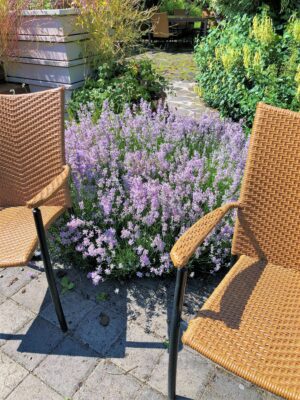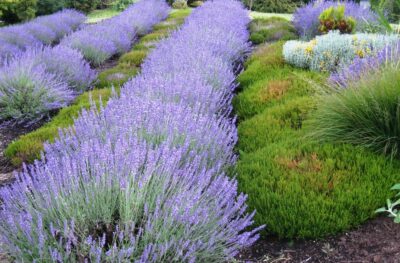
One of the most effective ways to generate a multitude of plants is to grow your own from cuttings that will get a good start in the greenhouse. This month, I’m talking with Nancy Connolly Blum, a professional landscape gardener and former owner of the Sawmill Ballroom Lavender Farm in Oregon. Here are the propagation steps she learned when she was a lavender purveyor. “I was always trying to figure out the easiest way to do it,” she says. “It is an enjoyable task that will likely produce success.”


Cut in Spring or Fall
Taking cuttings encourages lavender to bulk up. The timing in spring? “When the trilliums bloom,” Nancy says. If you have no trilliums in your part of the U.S., observe the plants themselves. They should have started to put on some new growth above where last year’s growth ended. That new growth is what will root best.
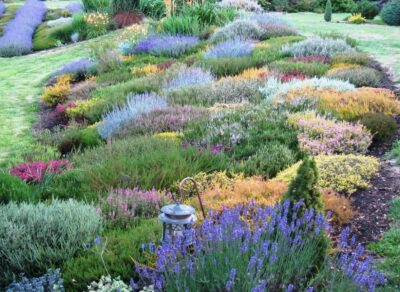
You can also clip fall cuttings around Labor Day, which in most parts of the country will give the plants time to root and establish before growth slows in the late fall. It’s possible to overwinter in a bright cool greenhouse.
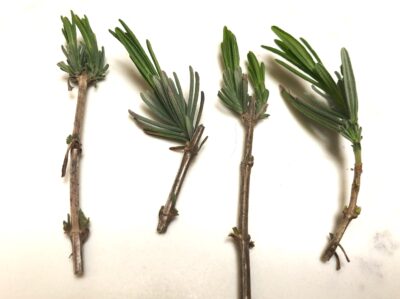
The cuttings can be approximately three or four inches long, taken with sharp snips. You can also use the snips for removing the lower leaves or you can pinch out the leaves with your fingernails. The cells in each leaf node will make the roots. No rooting hormone is needed.
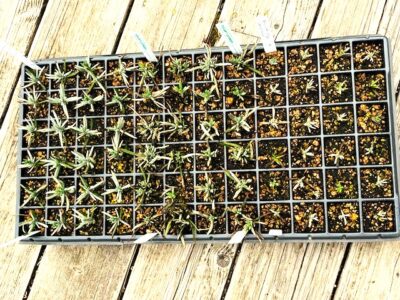
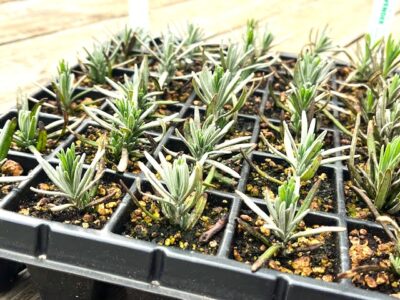
Prevent Drying Out
This is the one point in this process that is critical. The cuttings and their incipient root nodes must not dry out. So, prepare the pots to receive the cuttings before you snip. Containers can be cell packs—fifty count is good, Nancy says—or flats, or old six-packs reused. Any good free-draining potting soil will work. Water the containers beforehand.
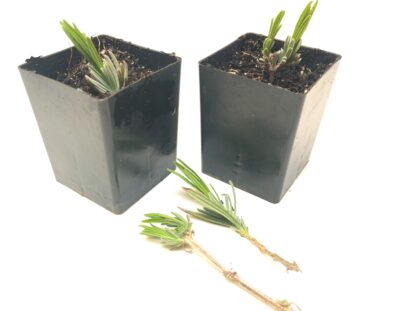
Take three or four cuttings at a time, and gently push them into the soil up to the existing leaves—that’s called sticking. If they are too tender, they may break off. Discard those and try again, taking a snip a little further down the stem into the older growth for sturdiness. More practice with your particular plant’s growth pattern allows you to learn what is required.
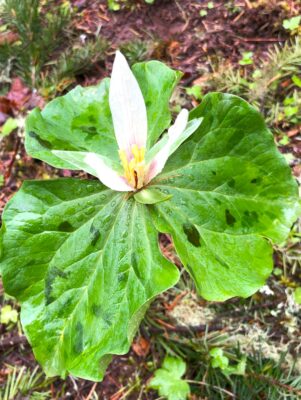
No need to cover the cuttings. They may wilt a bit. Place in a cool sheltered location away from heat and sun for two or three days until they regain their upright stance. Then, for optimum growth, place the cuttings on a heat mat under grow lights—follow manufacturers’ instructions—in soil that ranges around 50-60 degrees F. “Checking with a thermometer tells you,” Nancy says, “that the mat is not malfunctioning.”
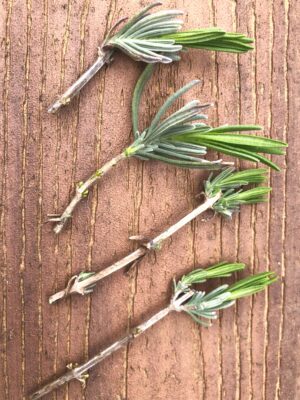
Keep the cuttings evenly moist. When the top of the soil is dry, Nancy suggests resting the containers in a shallow dish with a half-inch of water. Allow the water to wick up from the bottom, then put the containers back on the mat. They will be heavier when soaked.


Pot Up When Needed
Roots appear in approximately four to six weeks, depending on conditions. A well-rooted plant holds the surrounding soil together. Then the cuttings can be taken off the heat mat and potted up to bigger containers or even moved to the garden. If roots push out the bottom, that’s a definite signal to repot immediately.
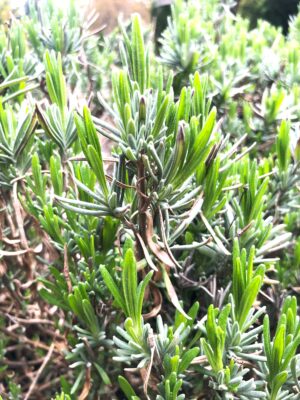
This process can be successful for many kinds of plants. “It’s not hard. If it doesn’t work, try again,” Nancy says. “And experiment. Take what I do and manipulate it to your style. Maybe you’ll find a better way.”
